The place is considered to be one of the oldest human habitats in Spain
As in most Andalusian cities, Guadix's panorama is dominated by a medieval Arab fortress - Alcazaba, and the cathedral, surrounded by buildings decorated in the mudejar style.
One of the most beautiful examples of Mudejar art in Guadix is the 16th-century Church of Saint James. Its slender silhouette of a tower rises next to a beautiful plateresque façade, and its interior is decorated with a unique ceiling.
The history of Guadix
Archaeological findings discovered in the area prove that the Guadix region was settled in prehistoric times by Neanderthals. Later, the area was inhabited by Phoenicians and Carthaginians. Over time, the region became a Roman colony called Acci.
The Arab fortress Alcazaba was built on top of the hill in the 11th century. From its towers, you can admire a magnificent view of the city and its surroundings.
The nearby Guadix Cathedral is a true architectural gem, where three different styles coexist: Gothic, Renaissance, and Baroque. It was built between the 16th and 18th centuries on the remains of a mosque. The interiors hide grand rooms such as the sacristy, designed by Diego de Siloé, and the magnificent Baroque choir designed by Ruiz del Peral.
The greatest curiosity of Guadix is the district of houses housed in... caves.
In the Las Cuevas district of Guadix, you can find numerous examples of cave houses. These are original buildings that were drilled into the ground. It is undoubtedly one of the most peculiar neighborhoods in Spain and Europe. It has about 2,000 homes located on 200 hectares.
The history of cave houses in Guadix can be traced back to prehistoric times. The population used cave spaces in this area as shelters from atmospheric phenomena, such as high and low temperatures, storms, and other harsh weather conditions.
The history of the construction of the houses we can see today dates back to the 15th century. The Moors, who were gradually expelled from the areas conquered by the Christians, used caves as their homes so that they could coexist with the Christian community without being noticed too much.
Over the following centuries, people have adapted the interiors of caves using newer and newer construction techniques. Today, cave houses are considered to be one of the most environmentally friendly ways of house construction.
Worth a visit is the local Museum of Folk Arts and Customs, which houses an interesting collection of local handicrafts.
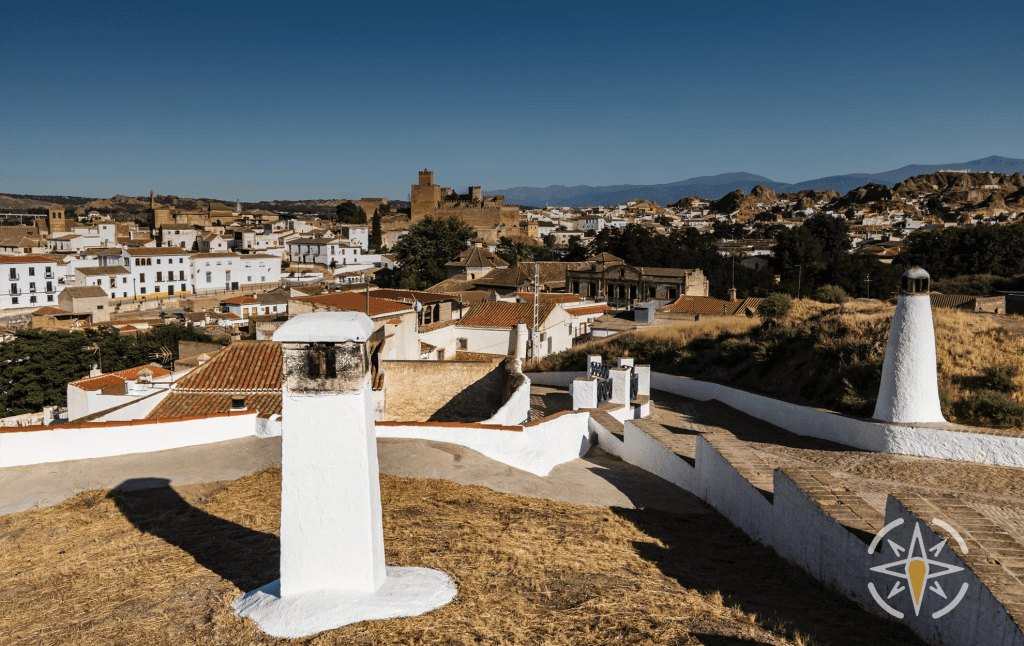
Here I stand on the roof of cuevy - a cave...
What to eat - local cuisine
- gachas - is a thin consistency kind of pasta
- migas - is made with something like breadcrumbs, pork, garlic, and oil
- tocinillos de cielo - sweets based on egg yolk and syrup
- flan - rice pudding or egg pudding
What to see nearby Guadix
- The viewpoints Magdalena, Cuatro Veredas & San Fandila
- Mirador del Fin del Mundo - called the viewpoint of the edge of the world - you have to get there by car
- Baza - a town whose Arab - Jewish heritage manifests itself in the remains of its fortified walls, citadel, bathhouse, and Jewish quarter
- . - for all long high-mountain lovers, hiking Mulhacen peak will be a great tourist trophy - klik do linka
- Mountain ranges Castril, Bazy, Huétor & Tejady.
- Granada – - read more about the capital of the whole province – Click Here
Local Fiestas
- The festival of Moors and Christians
PS Unfortunately, my photos of the caves and the rest of the area disappeared due to a broken memory card. I highly recommend taking a drive there and seeing for yourself this extraordinary place!

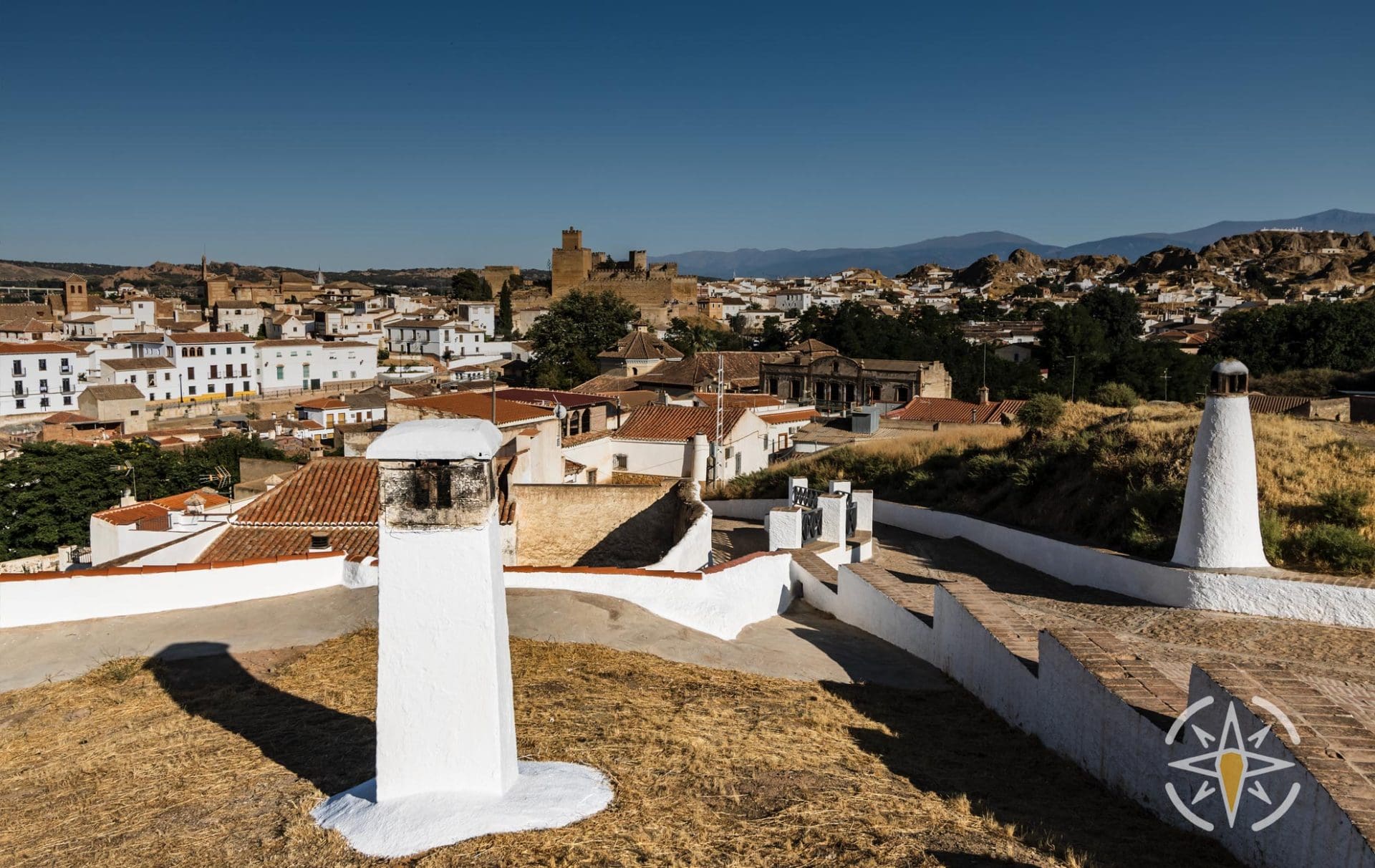
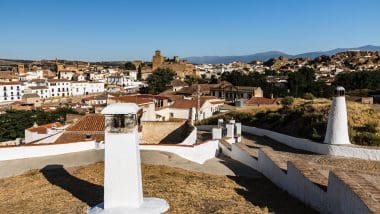
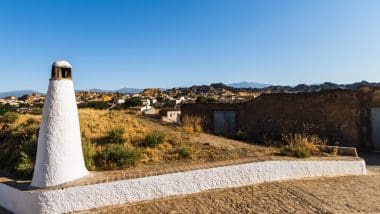
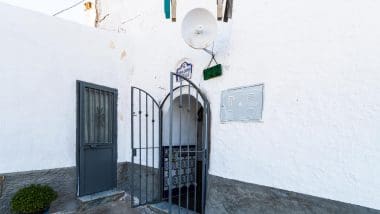
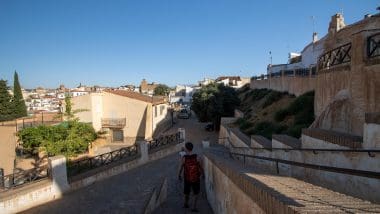
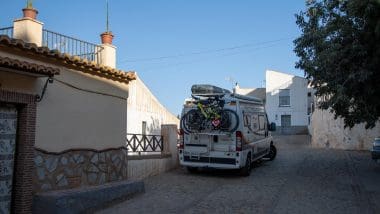
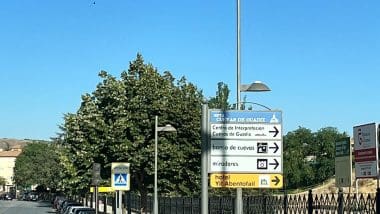
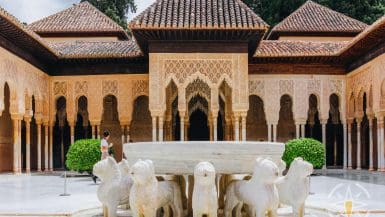
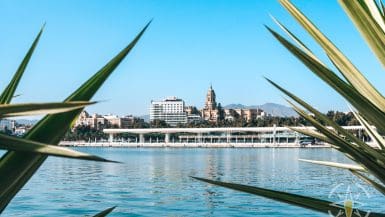
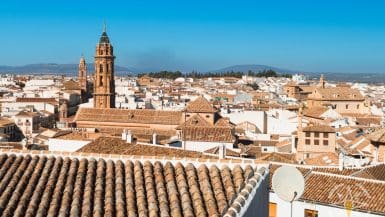
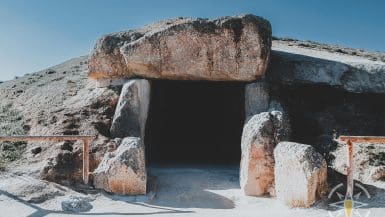
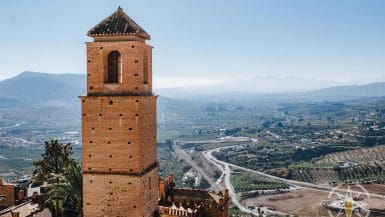
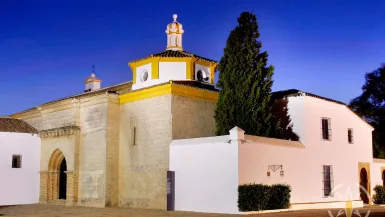
Leave a comment, ask a question...